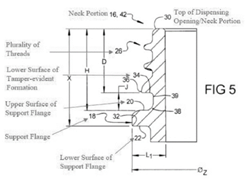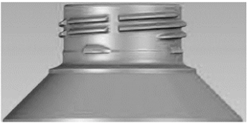The Office of the US Trade Representative (USTR) seeks public commentary regarding countries that deny adequate and effective protection of intellectual property rights, or deny fair and equitable market access to US persons that rely on intellectual property protections. Comments are due by January 30, 2023.
Each year the USTR requests that intellectual property owners, stakeholders and other interested parties submit commentary regarding countries that weaken protections and benefits associated with intellectual property ownership and registration in the United States. The USTR interprets the feedback and compiles an annual report.
The USTR’s authority for such action arises out of Sections 301-305 of the Trade Act (19 U.S.C. §§ 2411-2415). These “Special 301 Provisions” require the USTR to determine which, if any, of the countries submitted by commenters should be identified as Priority Foreign Countries. In furtherance of this goal, the USTR maintains a Priority Watch List and a Watch List. The Special 301 listings and actions announced in the annual report are the result of intensive deliberations among all relevant agencies within the US government, which in turn are informed by extensive consultations with participating stakeholders, foreign governments, the US Congress and other interested parties.
The 2022 report identified a wide range of concerns, including the following:
- Challenges with border and criminal enforcement against counterfeits, including in the online environment
- High levels of online and broadcast piracy, including through illicit streaming devices
- Inadequacies in trade secret protection and enforcement in China, Russia and other countries
- Troubling “indigenous innovation” and forced technology transfer policies that may unfairly disadvantage US right holders in markets abroad
- Other ongoing, systemic issues regarding intellectual property protection and enforcement, as well as market access, with many trading partners around the world.
The 2022 report listed the following countries on the Priority Watch List: Argentina, Chile, China, India, Indonesia, Russia and Venezuela. The report listed the following countries on the Watch List: Algeria, Barbados, Bolivia, Brazil, Canada, Colombia, Dominican Republic, Ecuador, Egypt, Guatemala, Mexico, Pakistan, Paraguay, Peru, Thailand, Trinidad and Tobago, Turkey, Turkmenistan, Uzbekistan and Vietnam.
The USTR is soliciting comments for this year’s report via the online Federal eRulemaking Portal in lieu of an in-person hearing. Commenters are encouraged to include detailed information, including the following:
- Specific references to laws, regulations and policy statements, including innovation policies; executive, presidential or other orders; and administrative, court or other determinations that should factor into the review
- Particular regions, provinces, states or other subdivisions of a country in which an act, policy or practice is believed to warrant special attention
- Data, loss estimates and other information regarding the economic impact on the United States, US industry and US workforce caused by the denial of adequate and effective intellectual property protection.
Commentators should act now, as the window to submit public commentary ends on January 30, 2023. Keep an eye out for the 2023 report, which is scheduled for release on or around April 18, 2023.
read more

 Subscribe
Subscribe




